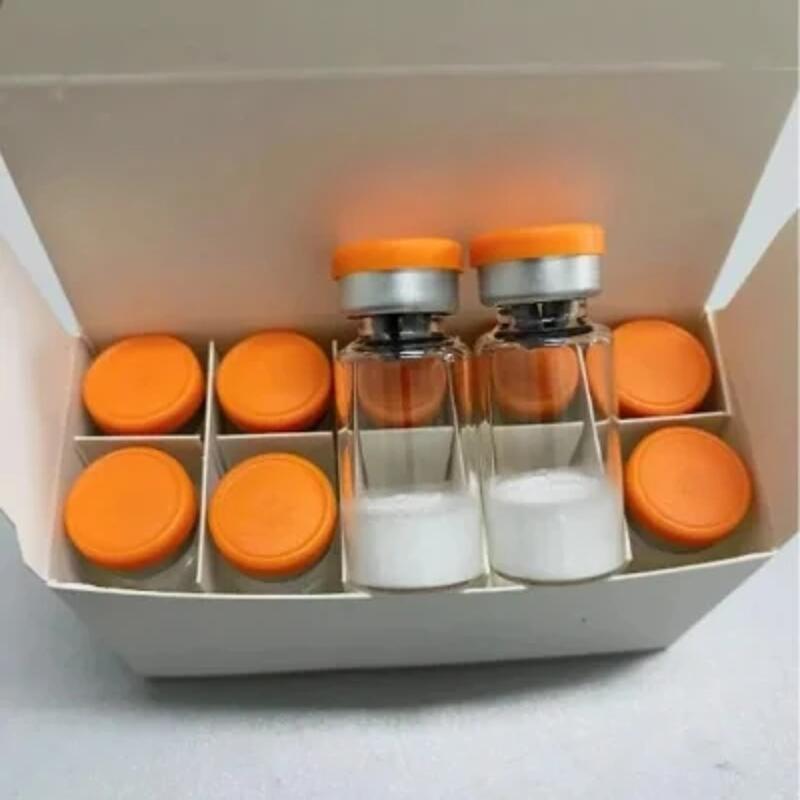-
Categories
-
Pharmaceutical Intermediates
-
Active Pharmaceutical Ingredients
-
Food Additives
- Industrial Coatings
- Agrochemicals
- Dyes and Pigments
- Surfactant
- Flavors and Fragrances
- Chemical Reagents
- Catalyst and Auxiliary
- Natural Products
- Inorganic Chemistry
-
Organic Chemistry
-
Biochemical Engineering
- Analytical Chemistry
-
Cosmetic Ingredient
- Water Treatment Chemical
-
Pharmaceutical Intermediates
Promotion
ECHEMI Mall
Wholesale
Weekly Price
Exhibition
News
-
Trade Service
9-(1,1-Bipheny)-4-yl-3-(4-BroMophenyl)carbazole, commonly referred to as BPC, is an organic compound that has found widespread use in the chemical industry.
BPC is an important building block for the synthesis of a variety of chemicals, and it is used in a number of different applications.
In this article, we will explore the upstream and downstream products of BPC in the chemical industry.
Upstream Products
The production of BPC typically involves several upstream processes, including the synthesis of the starting materials and the actual production of BPC.
The key starting materials for the synthesis of BPC include biphenyl, which is a benzene derivative consisting of two phenyl rings, and 4-methoxyphenyl, a compound that contains a methoxy group (-OCH3) attached to a phenyl ring.
These starting materials are reacted in a series of steps involving condensation reactions, substitution reactions, and other chemical processes to produce BPC.
The production of biphenyl typically involves the reaction of benzene with another benzene molecule in the presence of a metal catalyst, such as copper.
The production of 4-methoxyphenyl involves the reaction of phenol with methanol in the presence of a strong acid catalyst, such as sulfuric acid.
The synthesis of BPC typically involves a series of steps involving the condensation of biphenyl and 4-methoxyphenyl, followed by the reaction of the resulting intermediate with an appropriate reagent to introduce the final functional group.
Downstream Products
BPC is used as a precursor for the synthesis of a number of different chemicals, and it is therefore an important building block in the chemical industry.
Some of the key downstream products of BPC include:
- Polyurethane Polymers: BPC is used as a starting material for the synthesis of polyurethane polymers, which are widely used in a variety of applications, including adhesives, coatings, and foams.
- Epoxy Resins: BPC is used as a starting material for the synthesis of epoxy resins, which are widely used in the production of adhesives, coatings, and composites.
- Pharmaceuticals: BPC is used as a starting material for the synthesis of a number of different pharmaceuticals, including antihistamines, antidepressants, and antipsychotics.
- Agrochemicals: BPC is used as a starting material for the synthesis of agrochemicals, including pesticides and herbicides, which are used to protect crops from pests and weeds.
In conclusion, BPC is an important building block in the chemical industry, and it is used as a starting material for the synthesis of a variety of different chemicals.
The production of BPC involves a number of upstream processes, including the synthesis of the starting materials and the actual production of BPC.
BPC is used as a precursor for the synthesis of a number of different downstream products, including polyurethane polymers, epoxy resins, pharmaceuticals, and agrochemicals.
As demand for these chemicals continues to grow, the demand for BPC is expected to increase as well.
This has led to a growing interest in the development of more efficient and cost-effective methods for the synthesis of BPC and its downstream products.




![9-[1,1'-biphenyl]-4-yl-3,3'-Bi-9H-carbazole](https://file.echemi.com/fileManage/upload/category/ac71ac0d-8ef6-11ec-89e5-fa163ed06441.png)


